The other day, I had the opportunity to speak with a traditional doll artisan from Iwatsuki, Saitama. During our conversation, I learned that “Iwatsuki Dolls” are officially designated as a Traditional Craft by Japan’s Ministry of Economy, Trade and Industry (METI). I was also told that about 240 such crafts are designated nationwide, and that there is a gallery in Aoyama, Tokyo, where these crafts are gathered for display and sale. Intrigued, I decided to visit it today. The gallery is called Aoyama Square.
It is located about a three-minute walk from Exit B2 of Aoyama-itchome Station. Situated on the first floor of a building, it features sections showcasing crafts from various regions, all available for viewing and purchase. As expected from items officially recognized by the government, every piece was truly impressive.
The Traditional Craft designation was established under the 1974 “Act on the Promotion of Traditional Craft Industries.” Its purpose is to protect and promote regionally rooted traditional techniques, foster successors, and contribute to regional economic development. It covers a wide range of fields, including pottery, lacquerware, textiles, metalwork, and Japanese paper. To be designated, an item must meet the following five criteria:
1) It must be an item used in everyday life.
2) Its main production process must be handmade.
3) It must use techniques and skills that have been handed down for over 100 years.
4) It must be made with traditional materials.
5) It must have an established production area.
As of October 2024, 243 items have been designated. From Saitama Prefecture, these include Chichibu Meisen silk fabric, Iwatsuki Dolls, Kasukabe Paulownia Chests, and Gyoda Tabi socks, along with Edo Kimekomi Dolls shared with Tokyo.
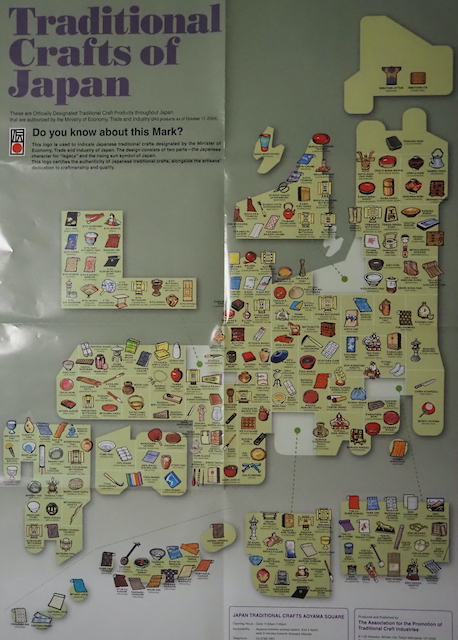
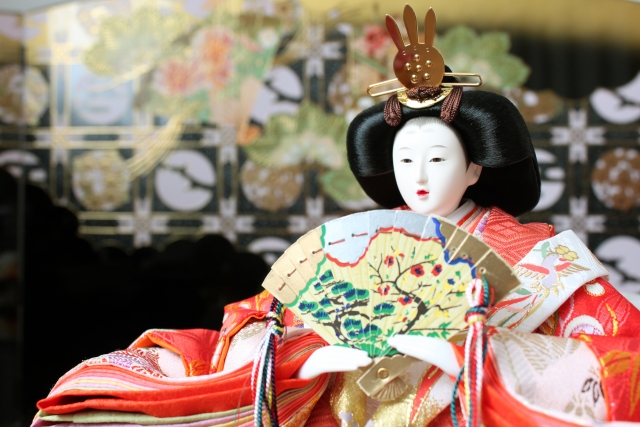
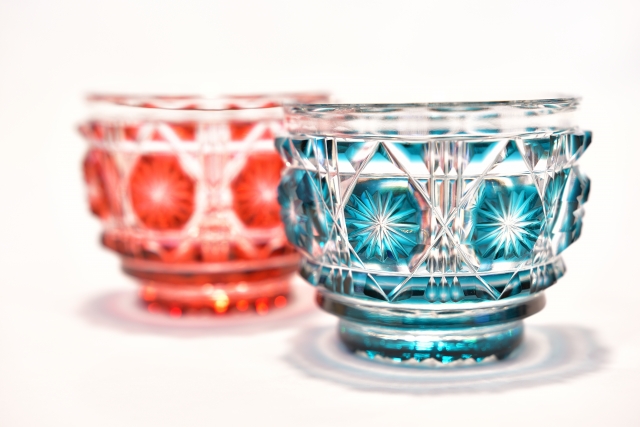
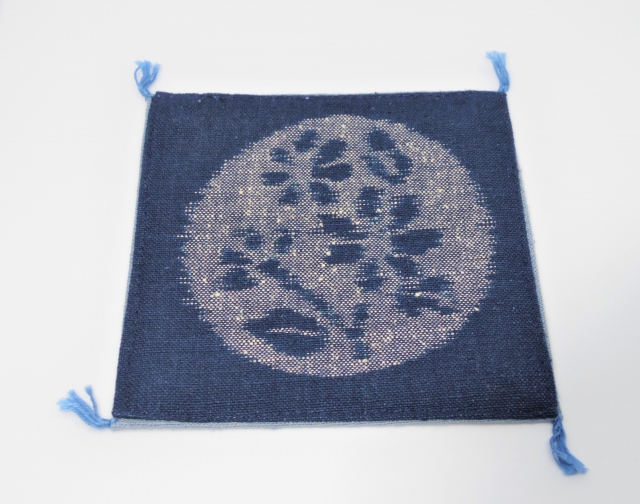
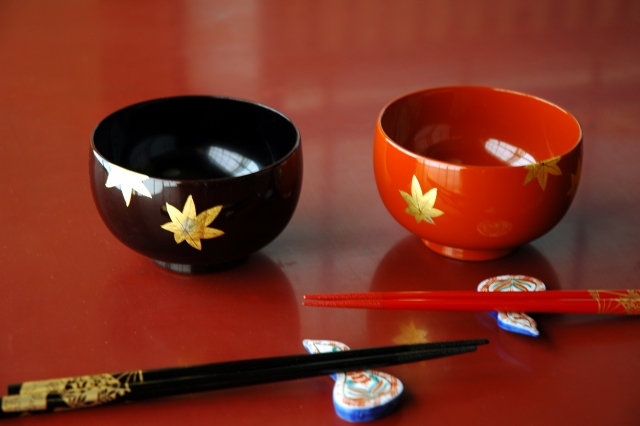
This time, I purchased a cherry-bark tea scoop made using Kabazaiku, a craft from Akita Prefecture. Made from wild cherry tree bark, it has a unique sheen and is said to develop an even richer character with use. Because it resists moisture and prevents drying, it has long been used for tea utensils. The craft dates back to the Edo period, when it was fostered under the patronage of the feudal lord of Kakunodate and practiced by lower-ranked samurai as a side occupation, and it continues to be passed down in Kakunodate today. The price was just 600 yen—a great value for its quality! Of course, there are also many high-end items available.
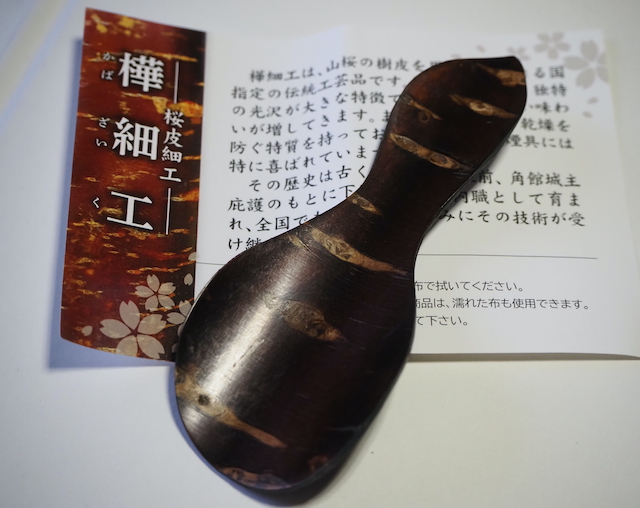
Unlike many products sold in tourist areas, which are often overpriced, the items here are all authentic, high-quality works from their respective regions. The gallery also features videos showing the production process, giving it a museum-like atmosphere. Seasonal and themed hands-on events are also held, allowing visitors to experience Japan’s craftsmanship up close and find truly high-quality souvenirs.
For those who love Japan or are repeat visitors, I highly recommend stopping by Aoyama Square. You may even be inspired to visit the regions where these crafts originated and experience the places where such skills have been nurtured over centuries.
Aoyama Square
Hours: 11:00 AM – 7:00 PM

